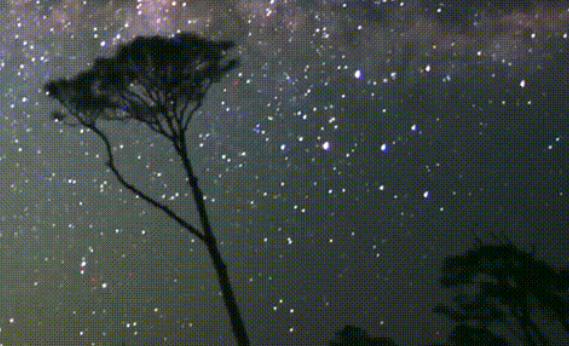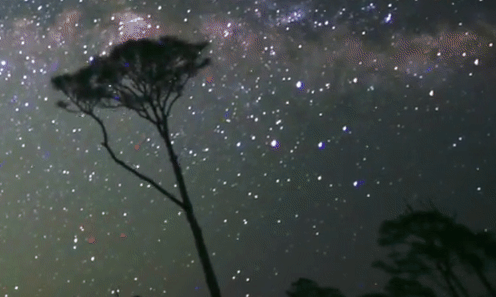Quality Conversion
When it comes to quality conversion, we use the FFmpeg libraryto transform videos into GIFs. There are two main methods to do this:
Classic method
This method does a fast conversion but displays small dots on the final GIF.
This is due to the direct conversion process that might lead to loss of image quality or artifacts, particularly in the case of complex or high-resolution source videos.

The direct use of ffmpeg might not involve complex image processing algorithms or optimizations, resulting in potential pixelation or artifacts in the final GIF.
Despite these drawbacks, the direct ffmpeg method is faster because it bypasses certain intricate image processing steps or optimizations that are typically involved in more sophisticated conversion processes.
By avoiding these additional processing stages, the conversion time is reduced, – 80% shorter, 60% lighter in average, – enabling a quicker generation of the GIF.
High-Quality method
This method uses complex filters and palettes to produce high-quality GIFs see the GIPHY Engineering page that explains the process.

This process gives a more accurate result but takes considerably more time than the first method. It is not recommended for general puposes.